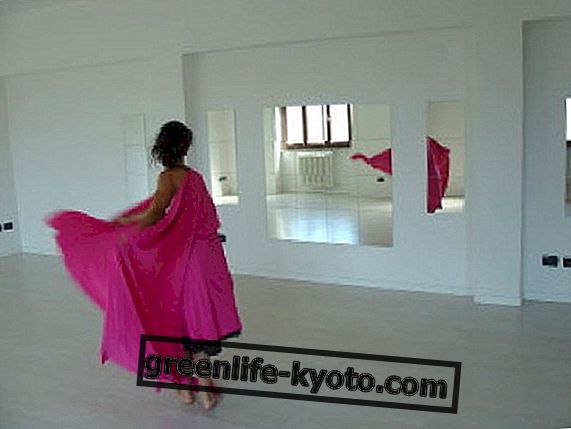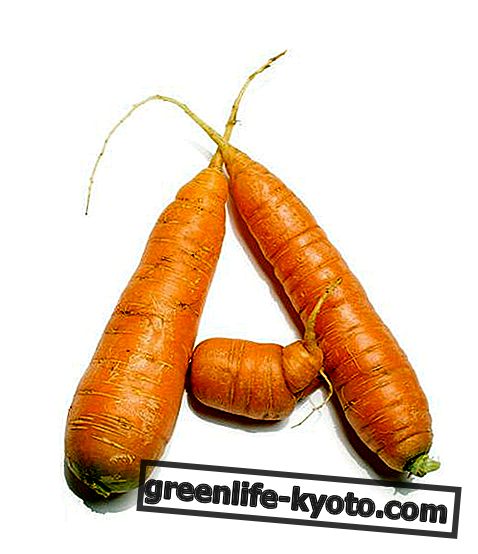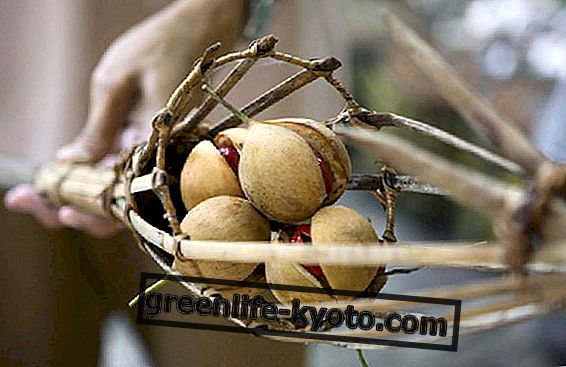
Changes affect people and the environment ; they touch every living being, every substance. Change is not easy. Changing is tiring.
Moving around, leaving one's home and place of origin, is the result of a process of analysis of oneself and one's context that requires honesty and strength.
As we have been reading and hearing for years now, migrations are not a "phenomenon" that characterizes our age, but are part of a human process - and that touches every living being - which concerns the urge to go and seek and find a better condition than the one in which he finds us.
If migrating on the one hand means moving away from something, on the other it means going towards something else, something better. Even if I prefer to look at what is happening from this last perspective, it is good to consider both dimensions: on the one hand a situation of difficulty and dissatisfaction, on the other the desire and the push towards a condition of well-being.
We move from one place to another, we change, to get better .
This view allows us to observe the migrations of men and women with respect but above all allows us to investigate all the elements that characterize something that today is the subject of political and ideological discussions that reduce the debate only to positions taken. Before judging it is necessary to understand. With anthropology I learned the beauty of understanding, more interesting than judging.

The reasons for migration: environmental migrants
Anthropology observes what happens. Look at what people do and how human practices build cultures.
For this reason, cultures are constantly changing, perpetually invested by hybridization processes ( everything is mixed and enriched with everything )
Refugees, refugees, economic migrants, are distinctions and categories that do not help to understand the details of what moves, of those who move. Understanding these details nourishes individual thought, satisfies those who are curious to know.
Environmental conditions and climate change, such as, for example, the phenomena of desertification, are one of the reasons why people, in some parts of the world, must leave home and look for a place to live, grow, study, work.
The discourse on migration, when not understood in all its aspects, considering for example - precisely - how climatic conditions are part of it, becomes manipulable, both for good and for bad.

Anthropology and international cooperation: the experience "in the field"
In my work, for example, I dealt with, understanding and highlighting the needs of "vulnerable" people, in different places (Africa, Middle East, Balkans, ...) to write projects to obtain donations and funding from public bodies and individuals who deal with humanitarian aid and sustainable development (United Nations, European Union, Italian Cooperation, etc. ..).
I have also written projects to help refugees and refugees in the Balkans and the Middle East . And to write I needed to understand.
It was probably June - in any case nearing the summer - 2016. During a visit "in the field" - as they say in the jargon of cooperation, but also in that of anthropology, my beloved reference discipline - we are going to meet Syrians and Iraqis, refugees in southern Lebanon.
I am struck by a very well-kept flowerbed, with small flowering plants, outside a tent . What has it got to do with the war, the pain and the persecution from which they are fleeing?
But even more striking is an observation made by a Lebanese colleague who works on the spot : “ these people, now escaped from war, bombs or ISIS, were used to moving here, even earlier, seasonally, when they did not there was work or no climatic conditions to cultivate. They came here, settled, and cultivated the land for the Lebanese owners of these lands "
In a moment, another dimension opens up ; it is a deceit revealed. A deception that was in my head, used to looking at Syrian and Iraqi refugees only from the point of view of " we must help them, they are in trouble, they have escaped from pain ".
This detail - which then is not detail - increases my understanding but above all allows me to look at people differently . They chose, they evaluated, it was better to move, to work, first, to survive, now.
Knowing reality, in depth, allows us to understand how there are always subjectivities at the base of "phenomena". There is, therefore, room for maneuver for everyone. And this gives honor and makes those who decide to move to acquire dignity. There are individuals behind phenomena.
In my experience as an anthropologist "in the field", in Africa, in the Balkans, in the Middle East, I have always found confirmation of how it is necessary to know. Not only to be able to judge, but also to understand and enrich ourselves as human beings.
The movements of men and women from one country to another are motivated by logics that can be understood if one reads, looks, wonders and discusses.
The environment changes and the changes are linked to what men do, and vice versa .
When men and women move, there is a reason. These migratory movements are not a passing phenomenon but rather an opportunity to understand how the environment and man interact, how men interact with each other, how man behaves and how he takes care of himself and his search for a condition best to live in.
On closer inspection, the difficulties created by nature and by man can be an opportunity for development, if we do not stop at the surface of an ideological and partial judgment that clouds the view.
Credit photo © Anna Sambo













